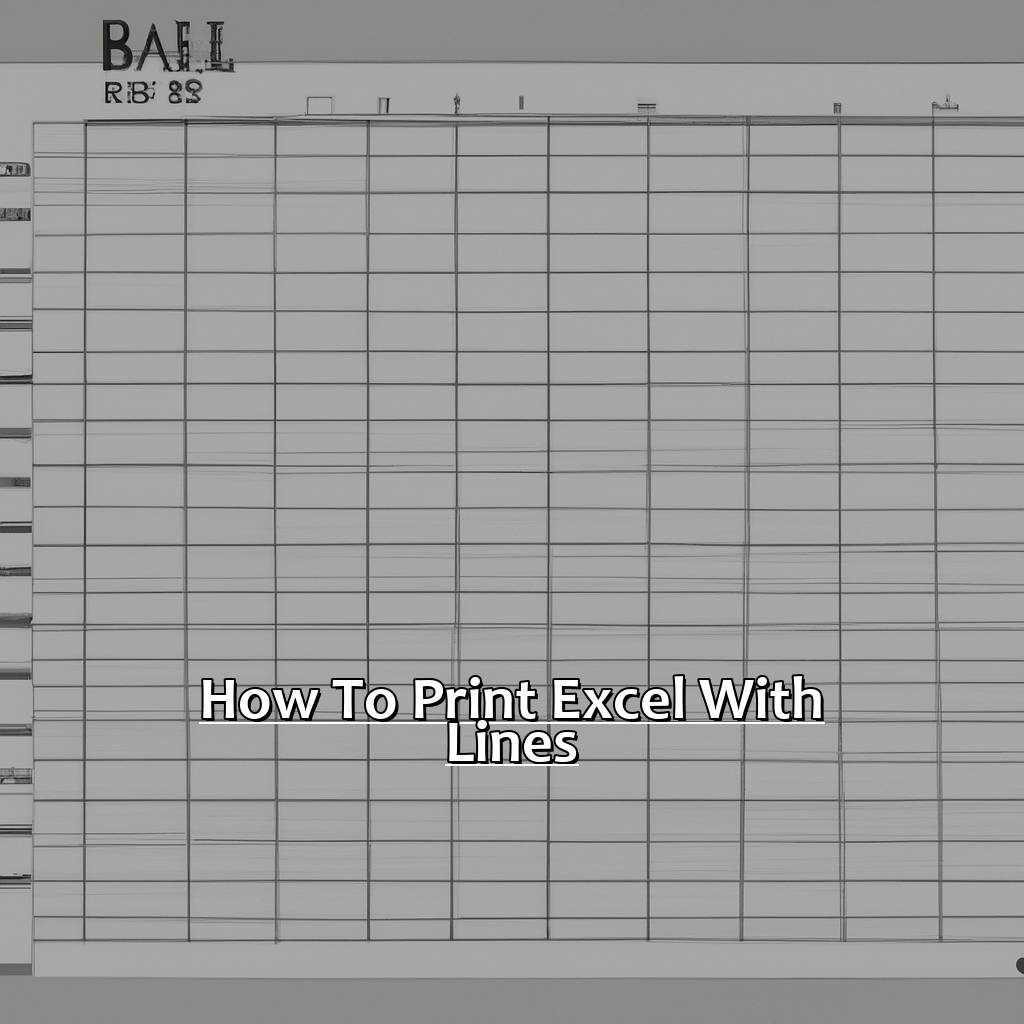Mastering Excel: Draw Lines with Ease

In today's digital age, Excel is more than just a tool for crunching numbers; it's a versatile platform for data visualization and presentation. For those working with spreadsheets, understanding how to enhance their data with visual elements like drawing lines can make a significant difference in presenting information clearly. Let's delve into mastering Excel's drawing capabilities, focusing on how to draw lines with ease.
Why Drawing Lines in Excel?

Before we jump into the practical steps, let’s explore why drawing lines in Excel is beneficial:
- Visual Enhancement: Lines can guide the reader’s eye through complex data sets.
- Organization: Lines help in organizing data into sections or grouping related information.
- Annotations: They can serve as annotations or separators within charts or tables.

Steps to Draw Lines in Excel

Drawing lines in Excel isn’t as straightforward as in design tools, but with a few steps, you can achieve it:
1. Open Your Excel Workbook

Start by opening the Excel file where you want to insert lines. Ensure you’re working on the correct sheet or tab.
2. Access the Drawing Tools

Go to the Insert tab on the ribbon, then find the Shapes group. Here, you’ll see various lines and shapes to choose from:
- Line
- Arrow
- Double Arrow
- Freeform

3. Choose and Draw the Line

Select the line shape you wish to use. Click and drag on the worksheet where you want the line to start, then release where you want it to end:
- To draw a straight line, hold Shift while dragging.
- To adjust line appearance, use the Format tab after drawing.
🖌️ Note: If you need a perfectly horizontal or vertical line, use the gridlines as a reference, or enter exact coordinates in the formula bar.
4. Format the Line

After drawing the line, customize its:
- Color
- Width
- Style
- Start and end shapes (arrows, circles, squares)
📏 Note: Excel has default line styles, but you can save custom styles for future use.
5. Layering and Grouping

If you’re drawing multiple lines or shapes:
- Use the Arrange group to bring elements forward or send them back.
- Group objects together by selecting them, right-clicking, and choosing Group.
🎨 Note: Grouping is particularly useful when you’re making adjustments to multiple items simultaneously.
Advanced Drawing Techniques

Excel’s drawing capabilities extend beyond simple lines:
Creating Connectors

Use the Connector shapes to create dynamic lines that automatically adjust when related shapes move:
- Line connectors
- Elbow connectors
- Curved connectors
🔄 Note: Connectors keep your charts and diagrams tidy even as they change.
Freeform Shapes

Freeform shapes allow for more creative freedom, drawing lines or shapes in any configuration:
- Draw straight lines by holding Shift.
- Freeform lines by releasing Shift and moving the mouse naturally.
✏️ Note: Freeform lines can be edited later to change their shape or add or remove segments.
Conclusion

In conclusion, mastering the art of drawing lines in Excel not only adds visual appeal but also enhances the clarity of your data presentation. From simple line separators to complex organizational diagrams, Excel’s drawing tools give you the flexibility to visualize information as needed. Remember, the ability to draw lines effectively is just the beginning. With practice, you can explore Excel’s full range of drawing capabilities to make your spreadsheets more professional and insightful.
Can I animate the lines in Excel?

+
Excel doesn’t support animations, but you can create dynamic effects by updating lines based on cell values or VBA scripting.
How can I make my lines perfectly vertical or horizontal?

+
Hold Shift while drawing the line. Excel’s gridlines can also help align lines perfectly.
Is there a shortcut for drawing lines?

+
While there’s no single key shortcut, you can set up a quick access toolbar with drawing tools for faster access.



